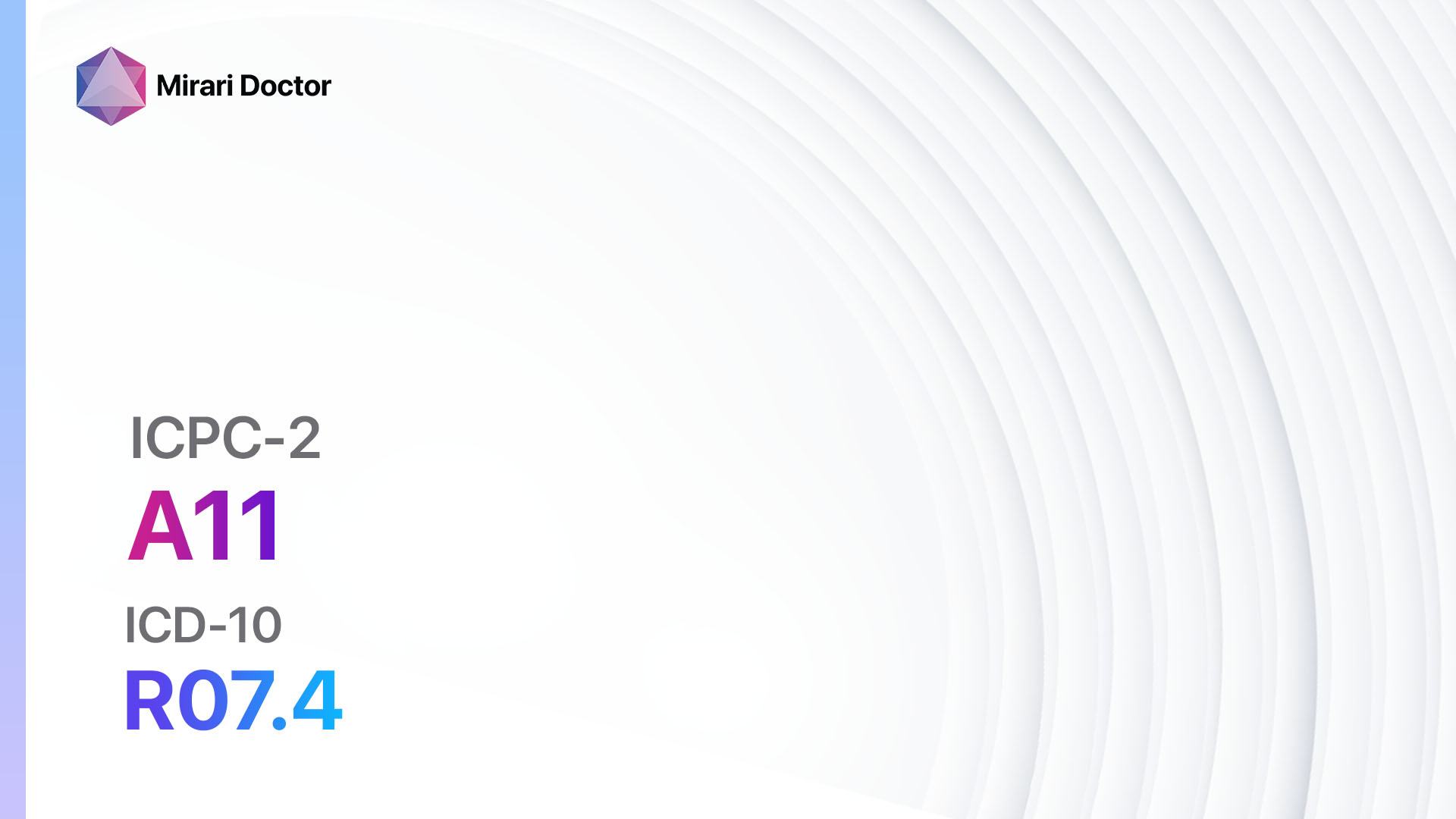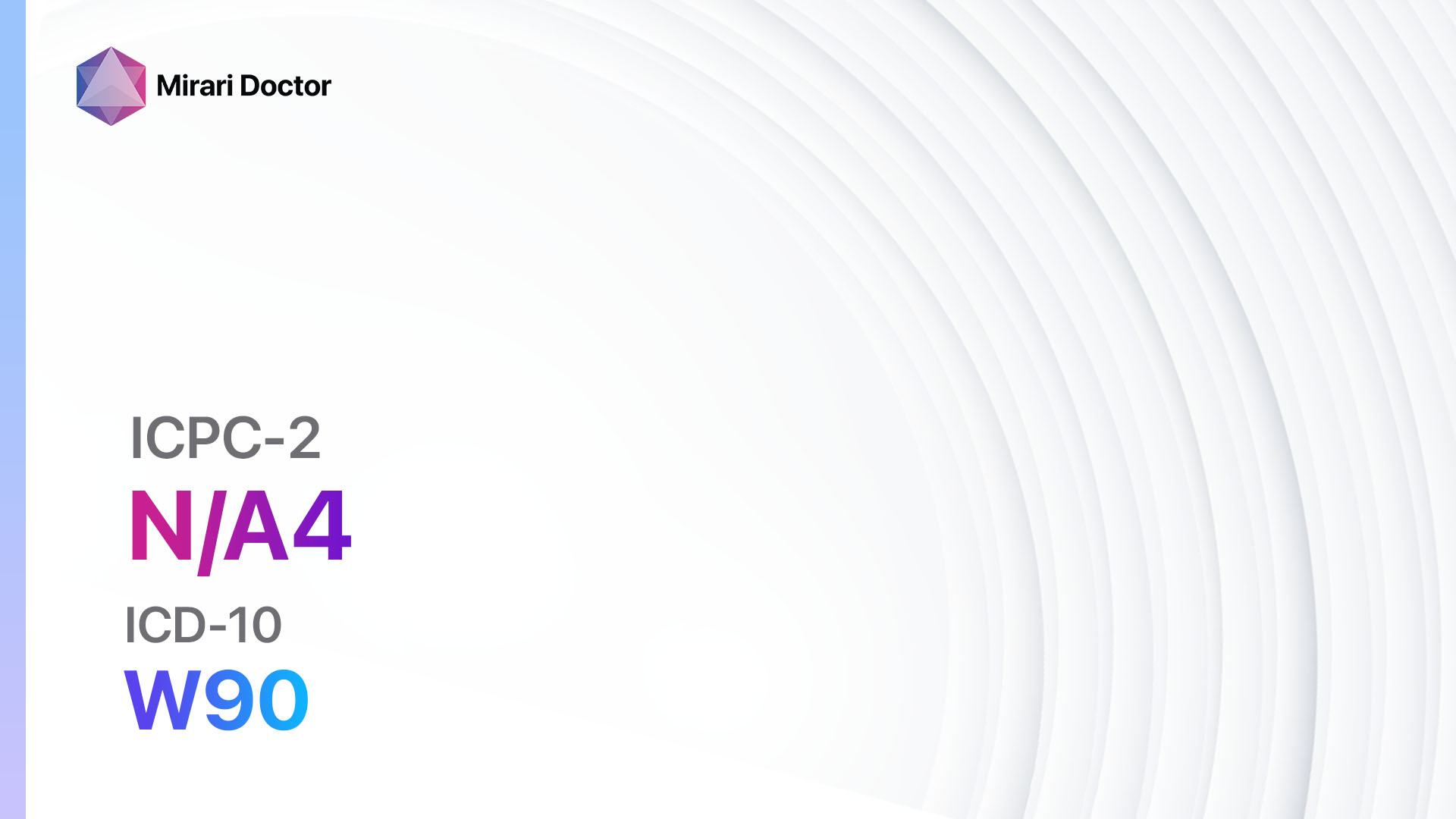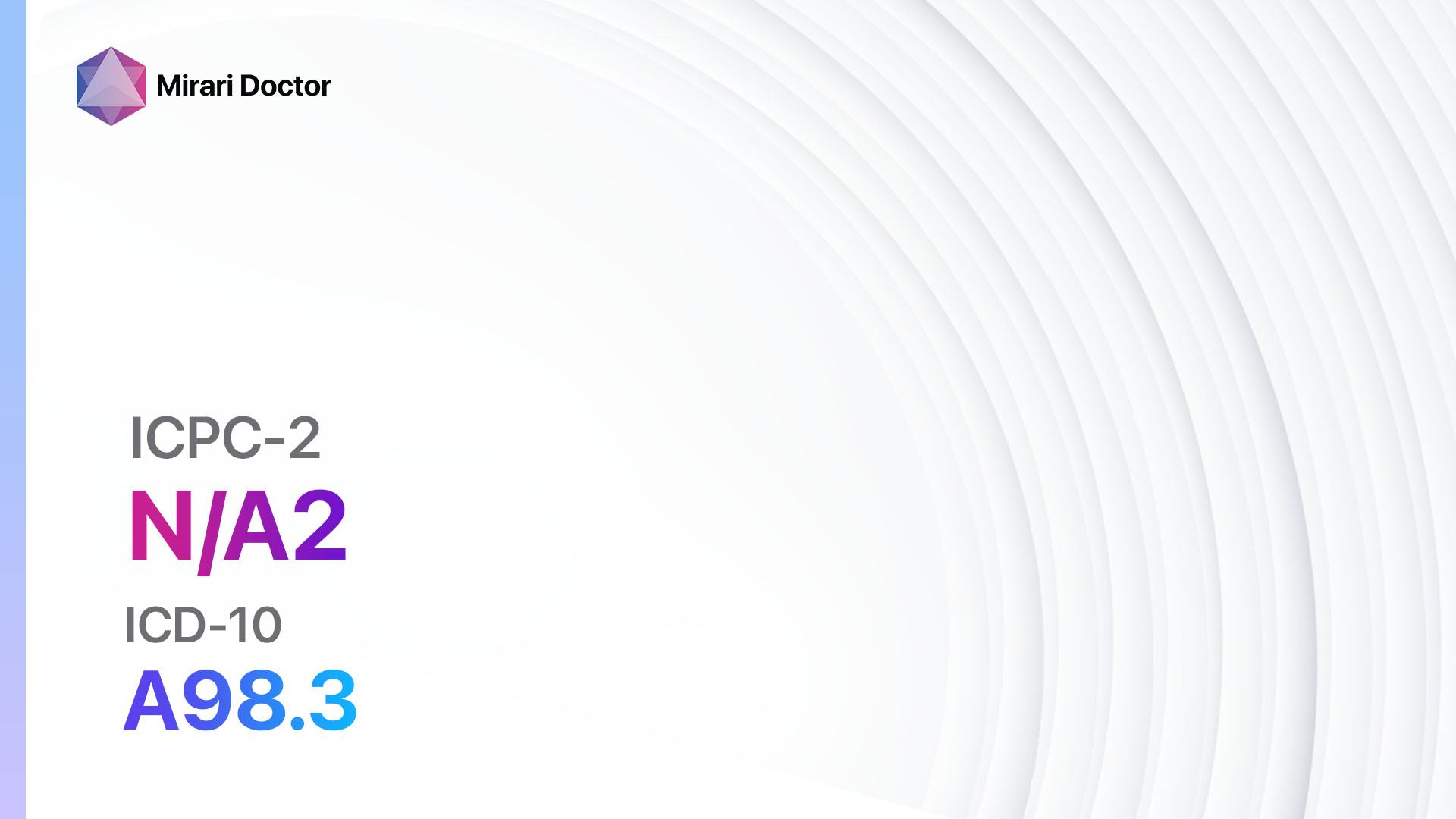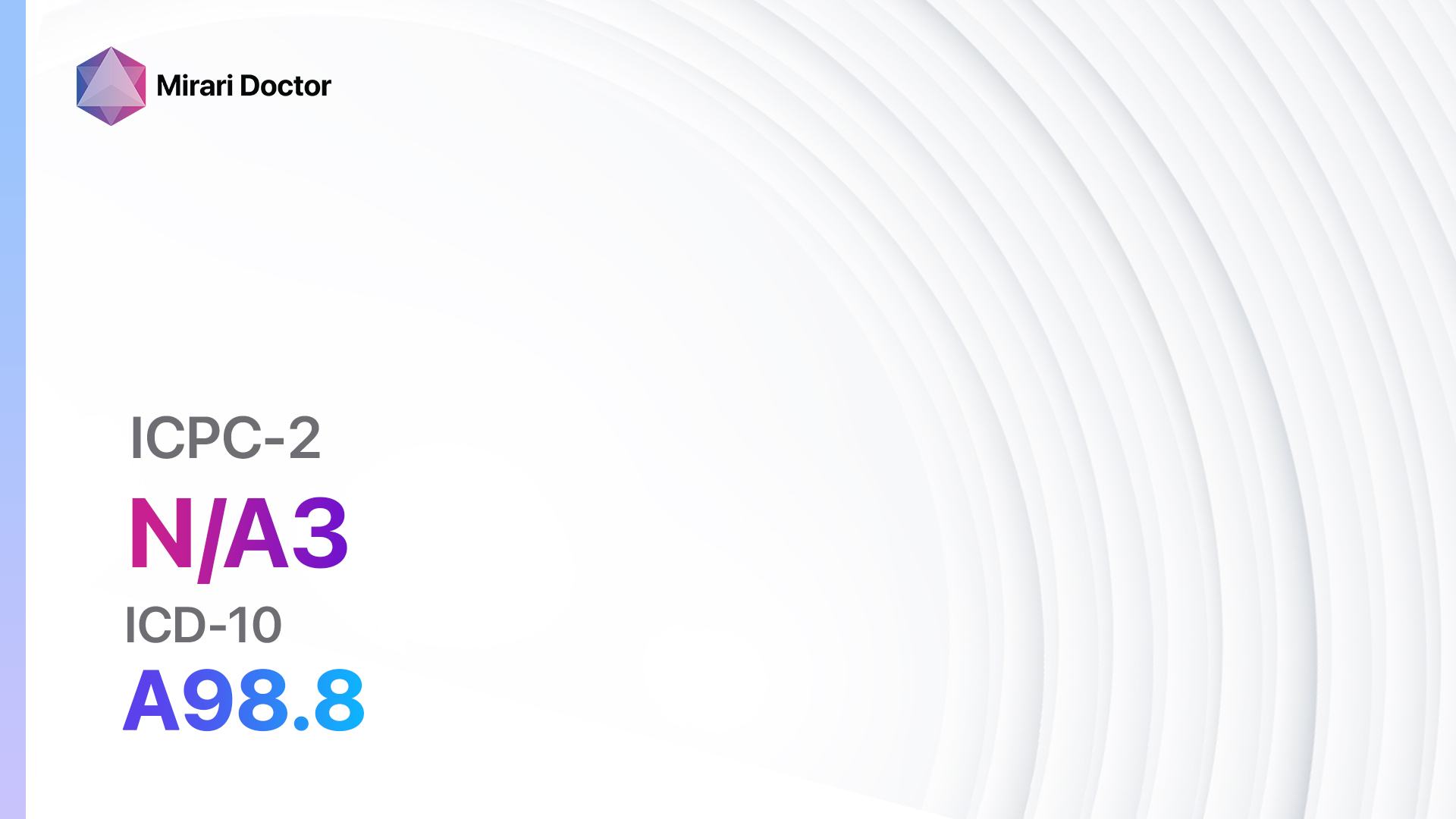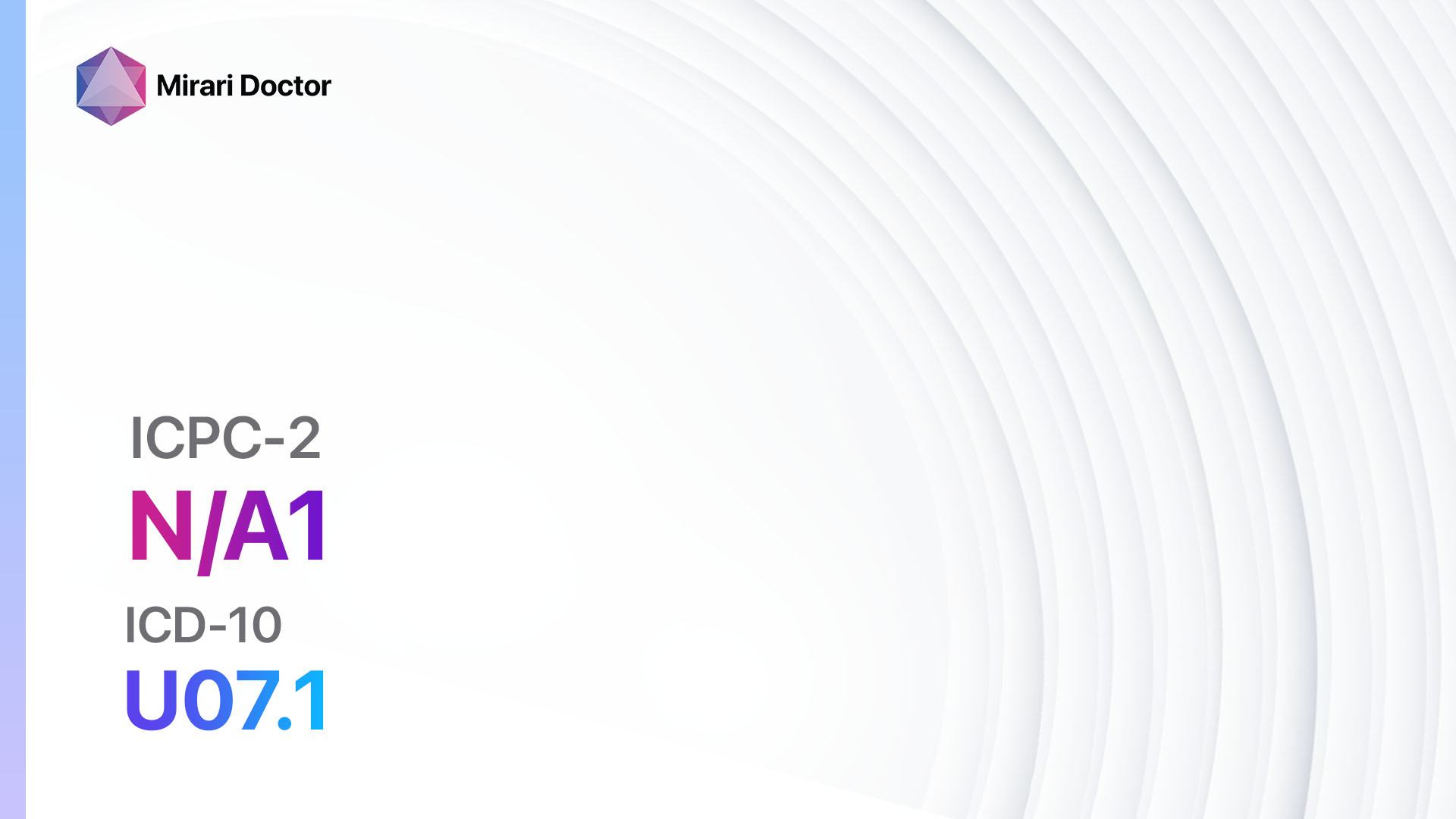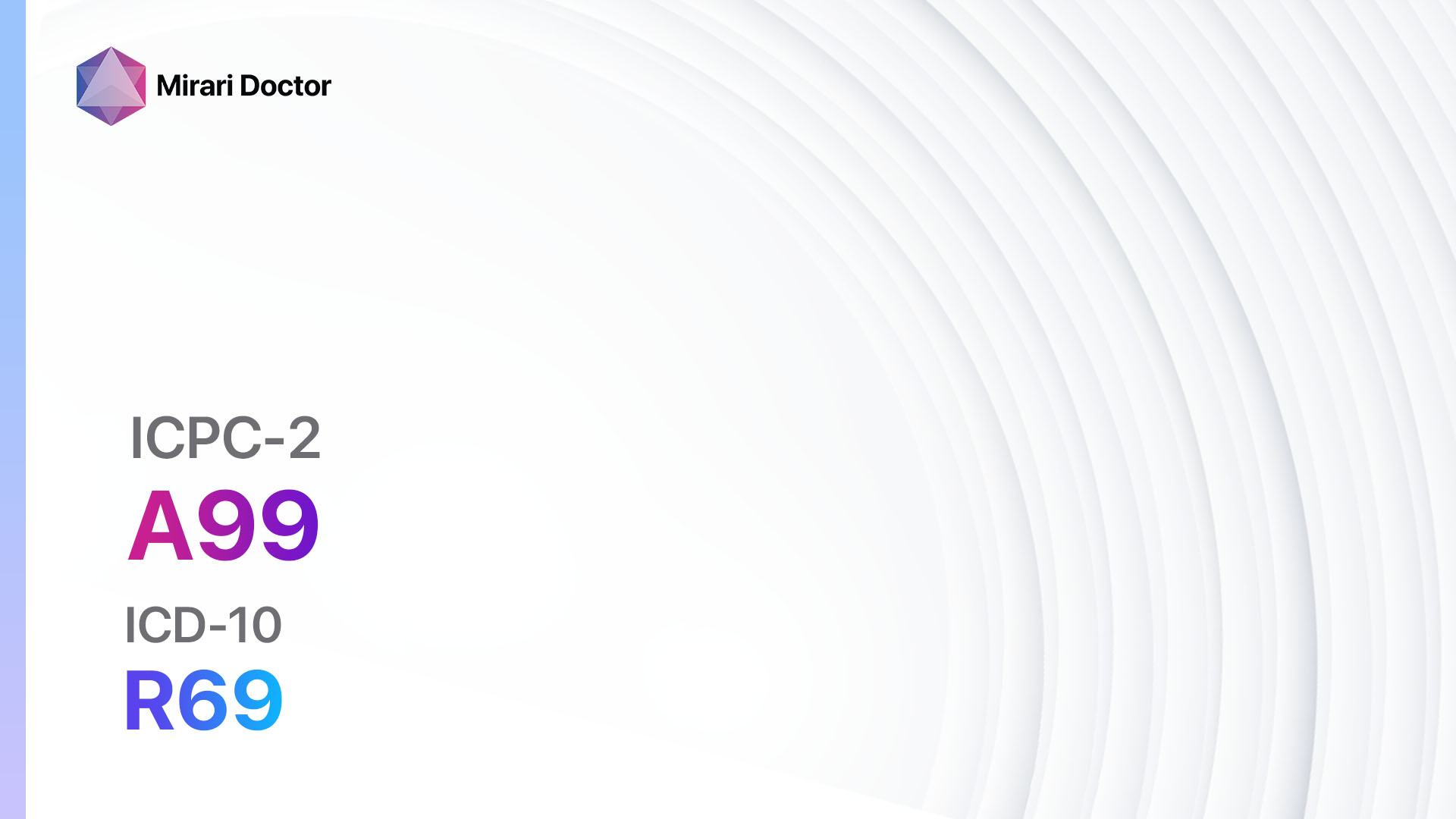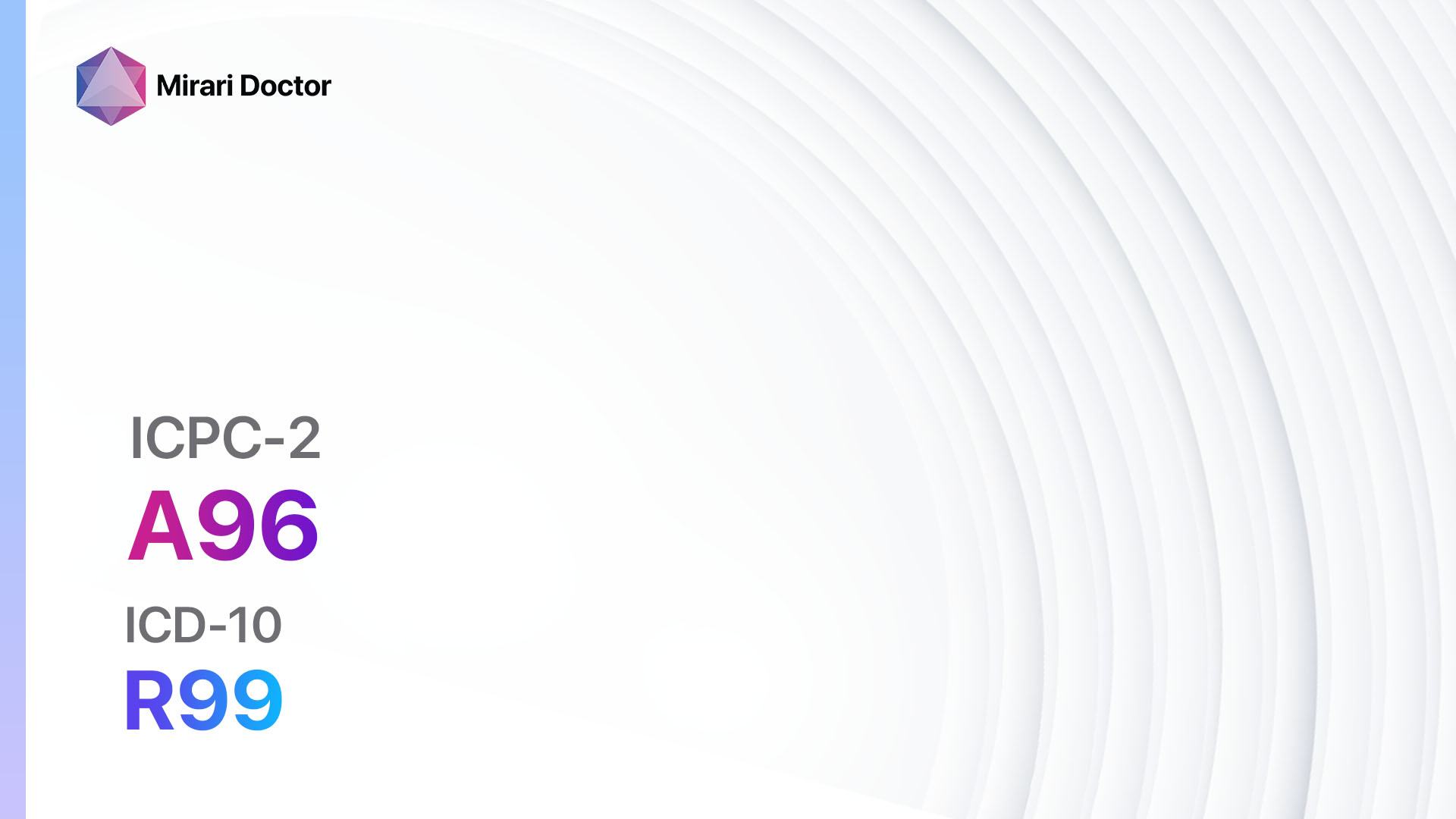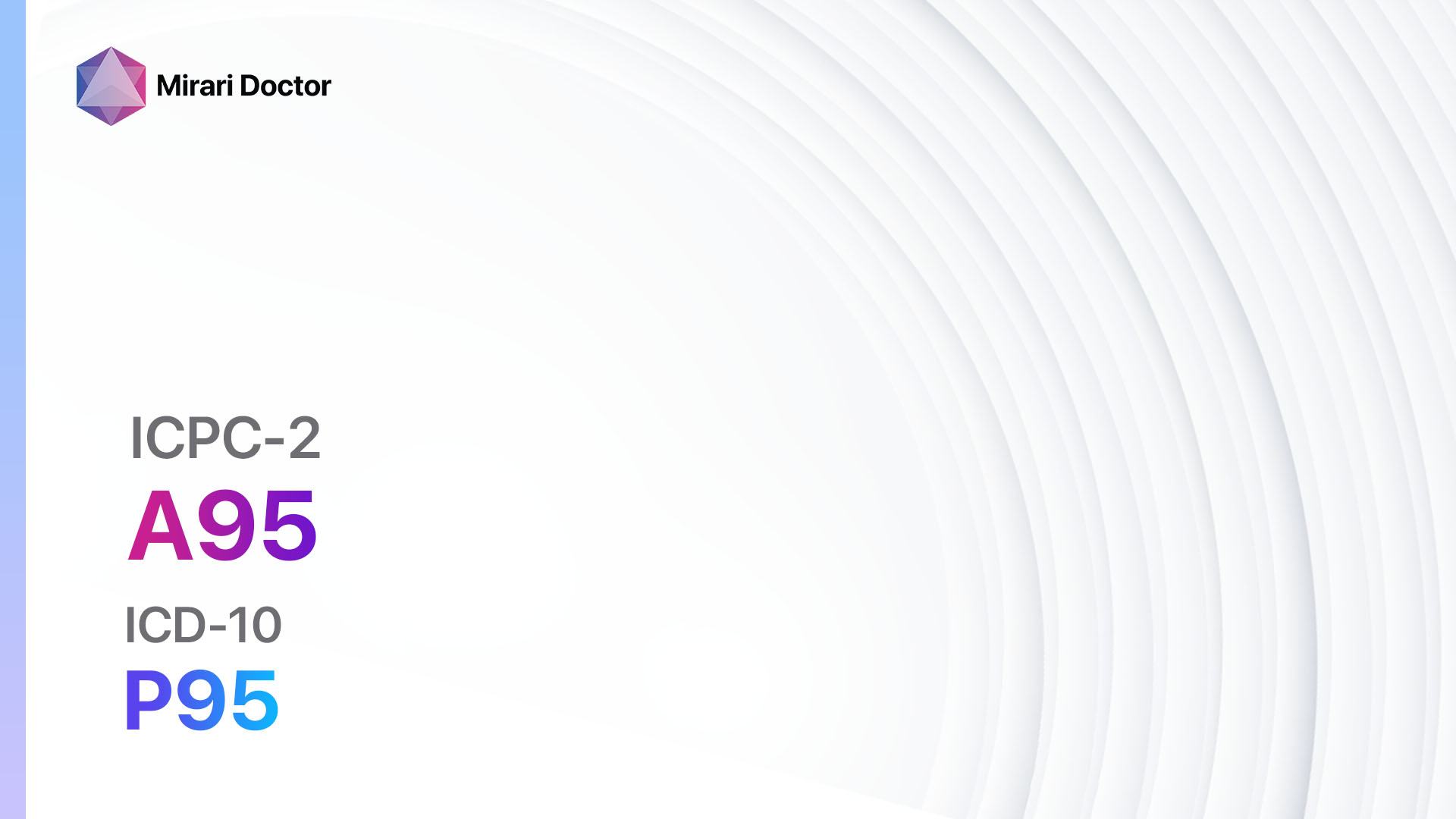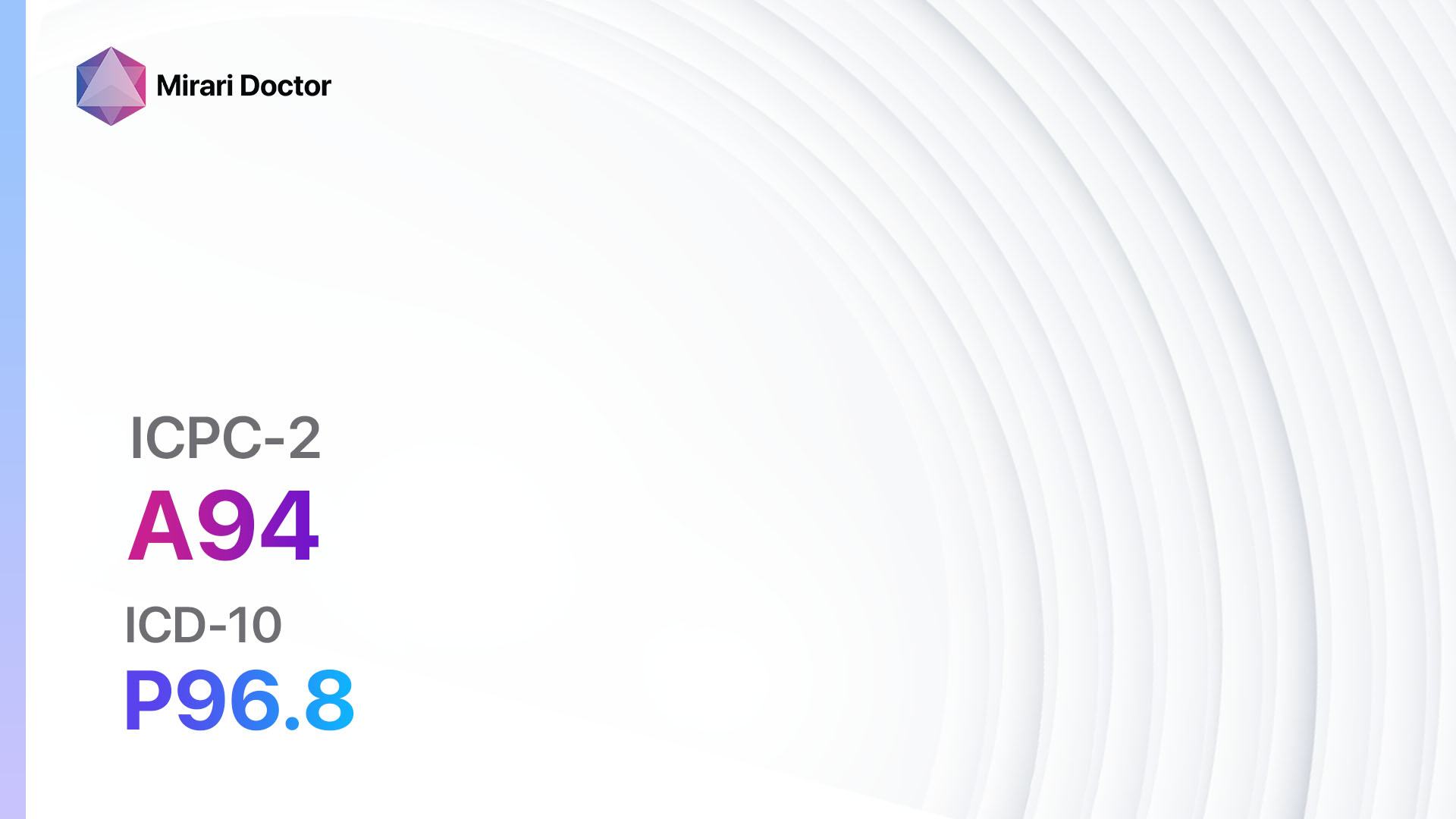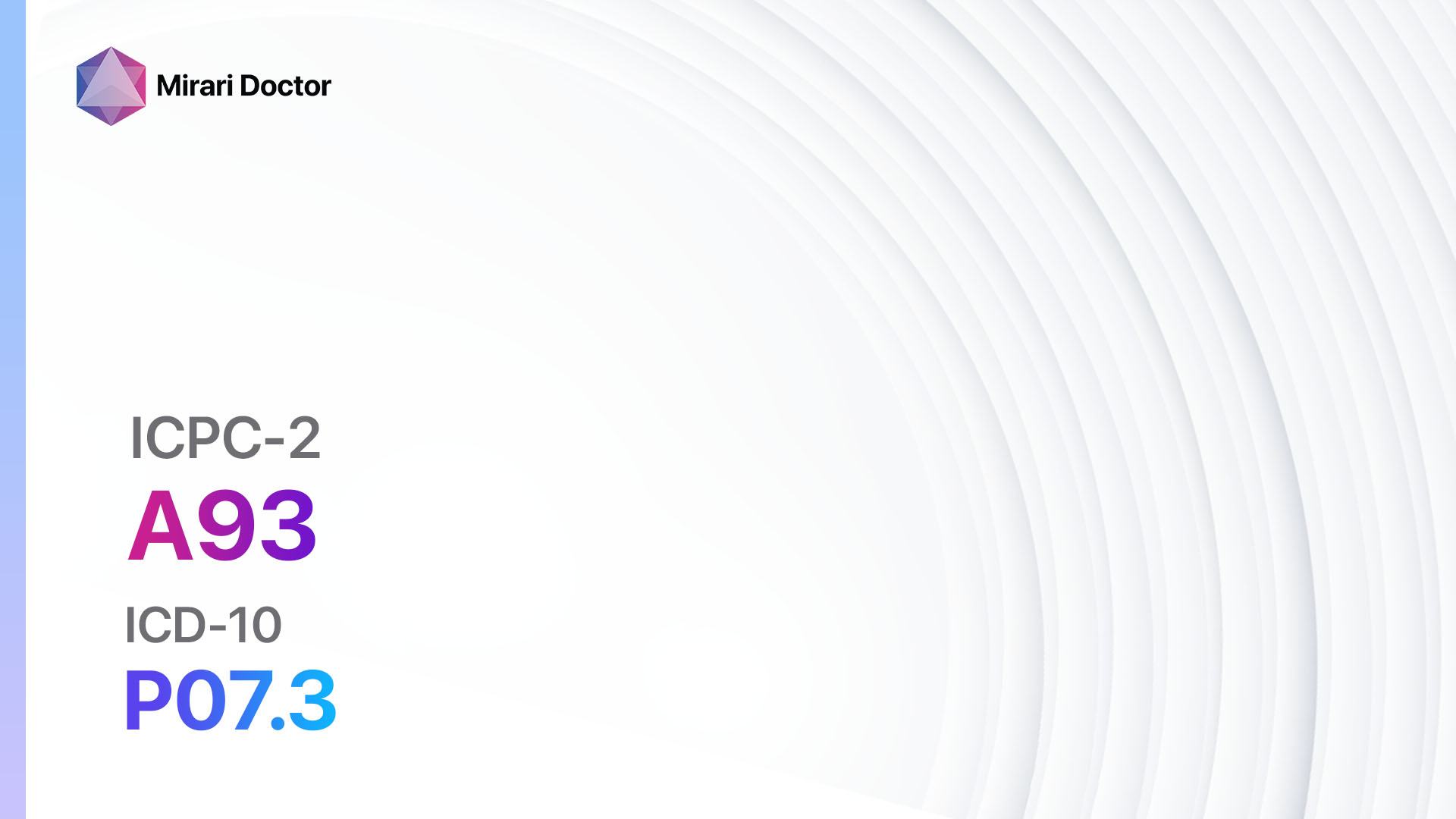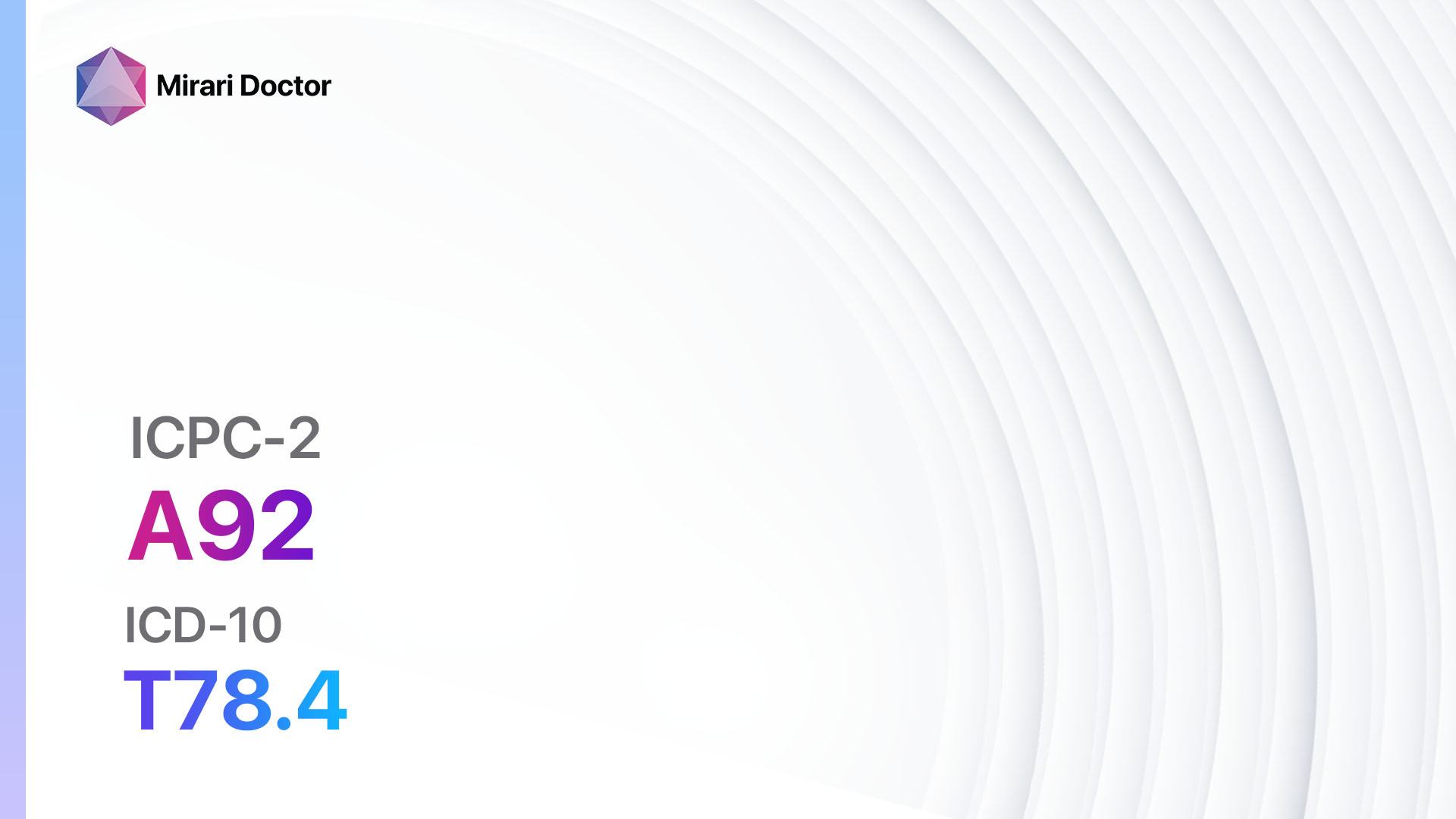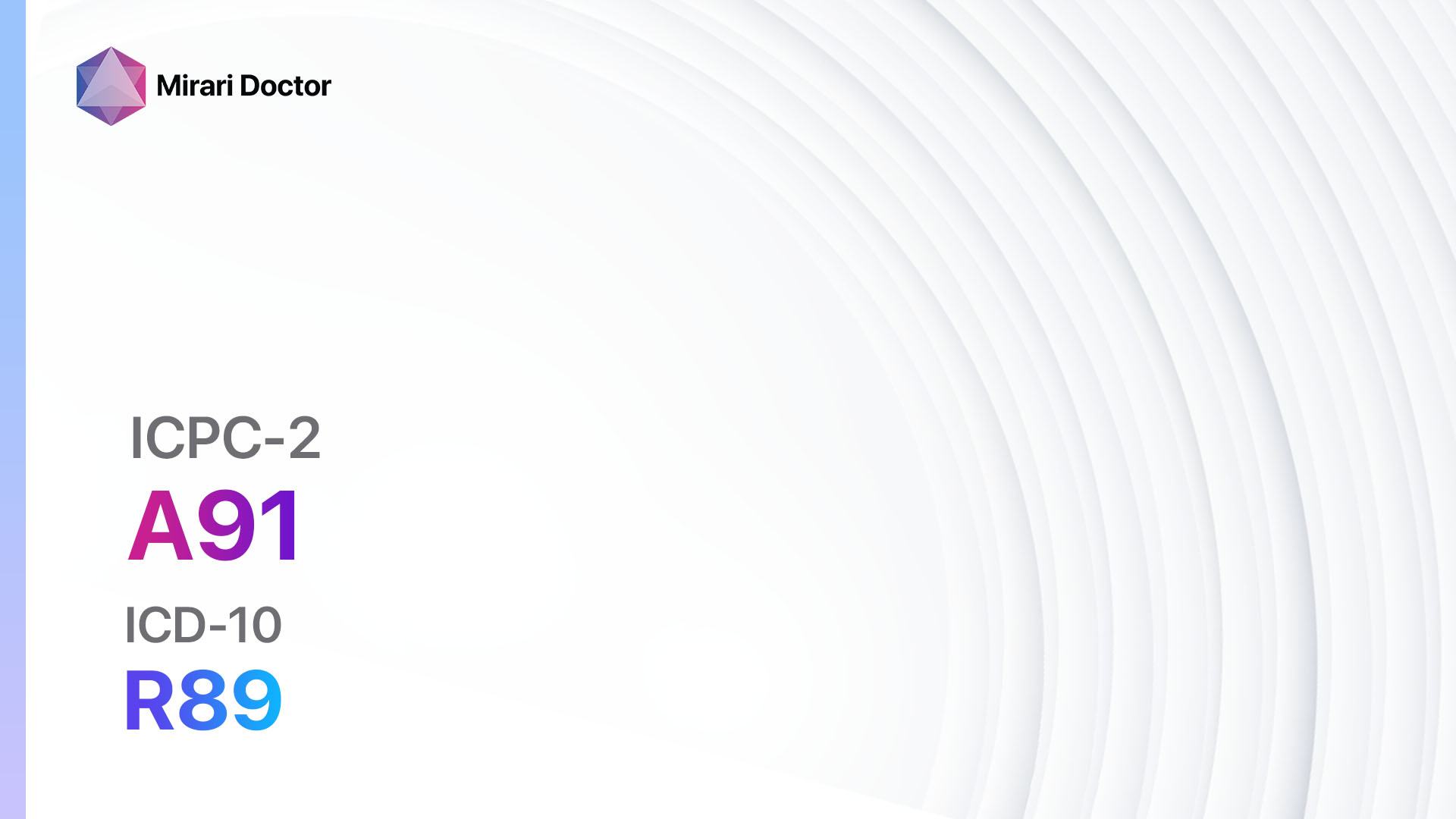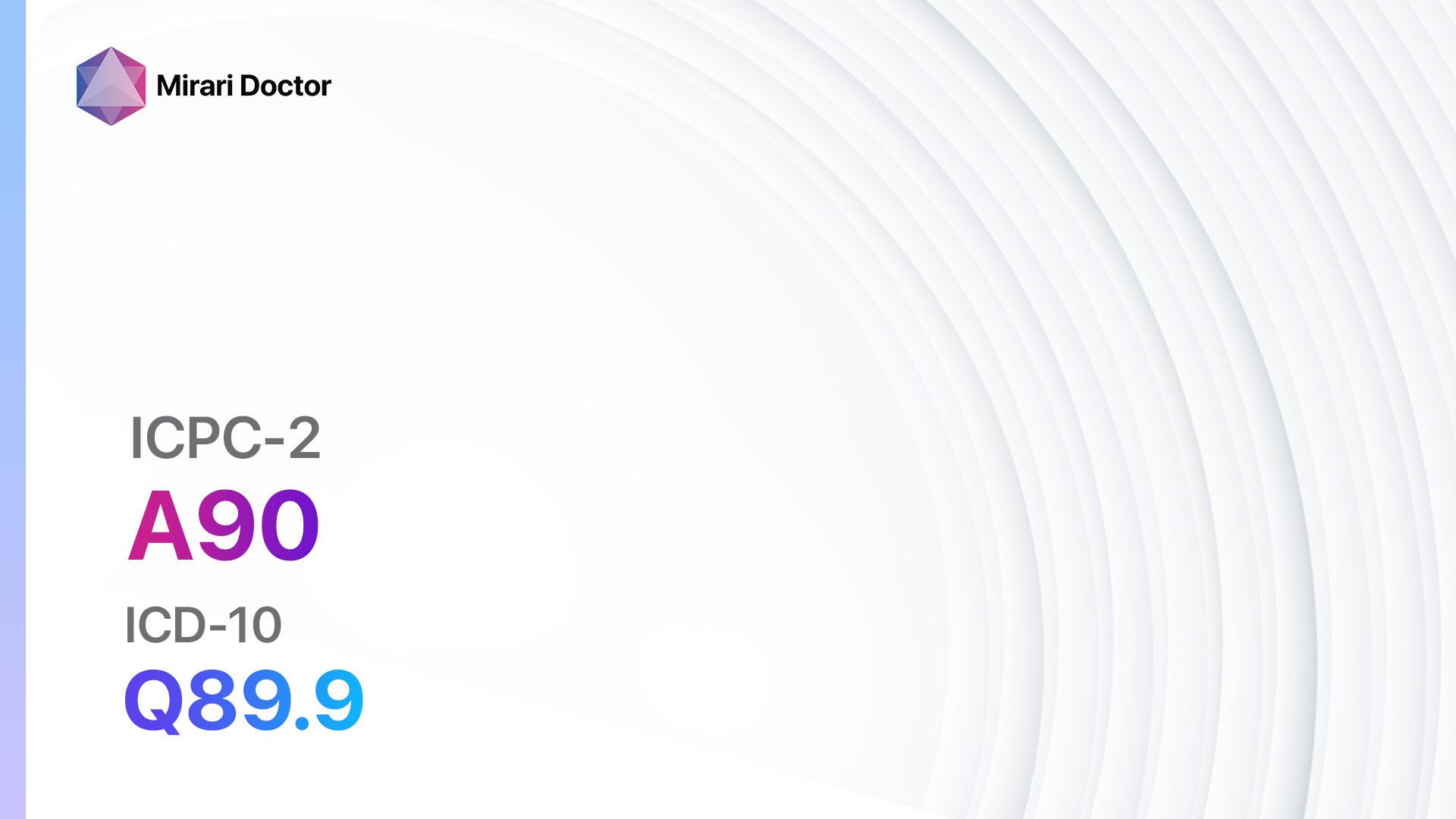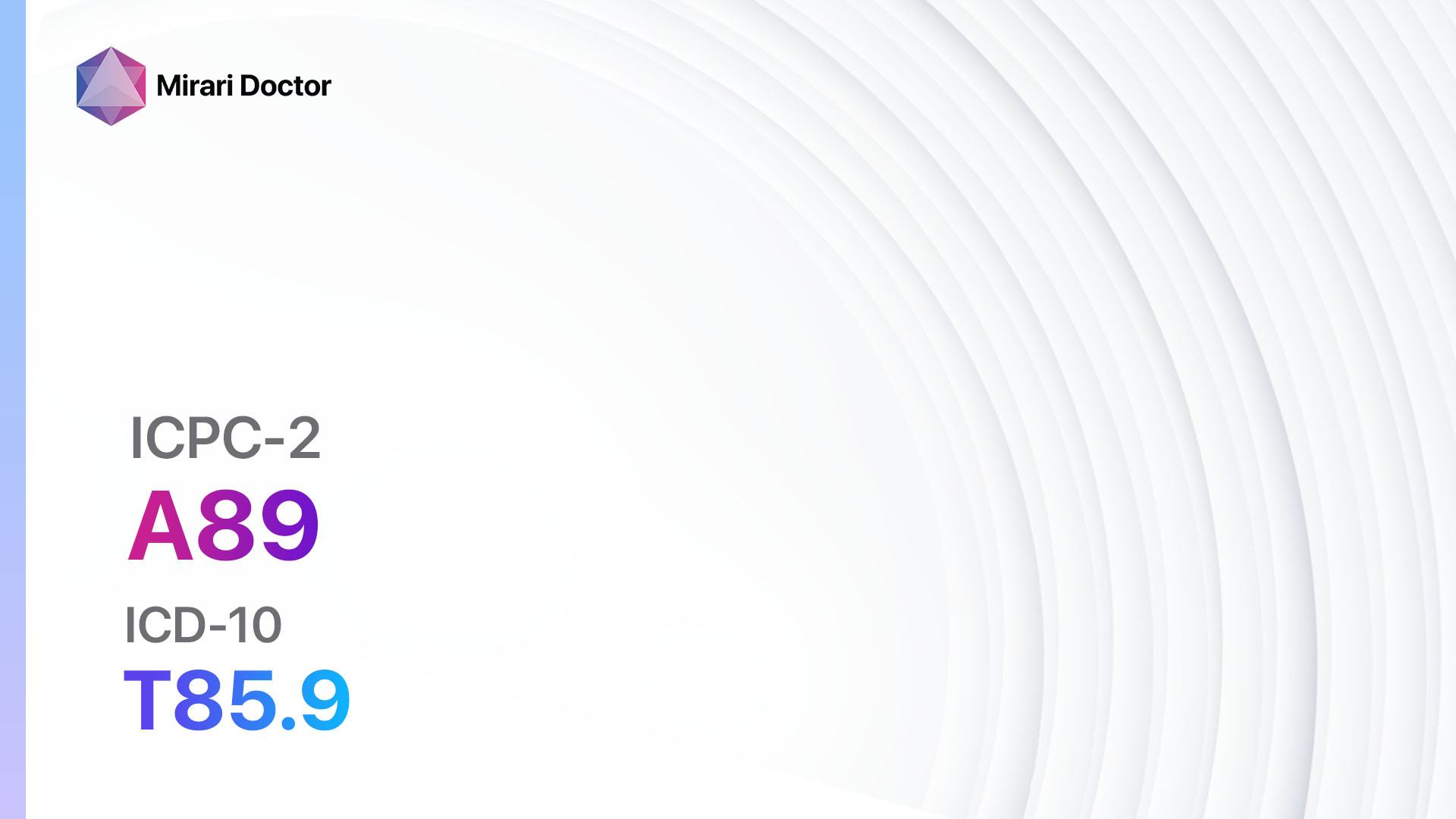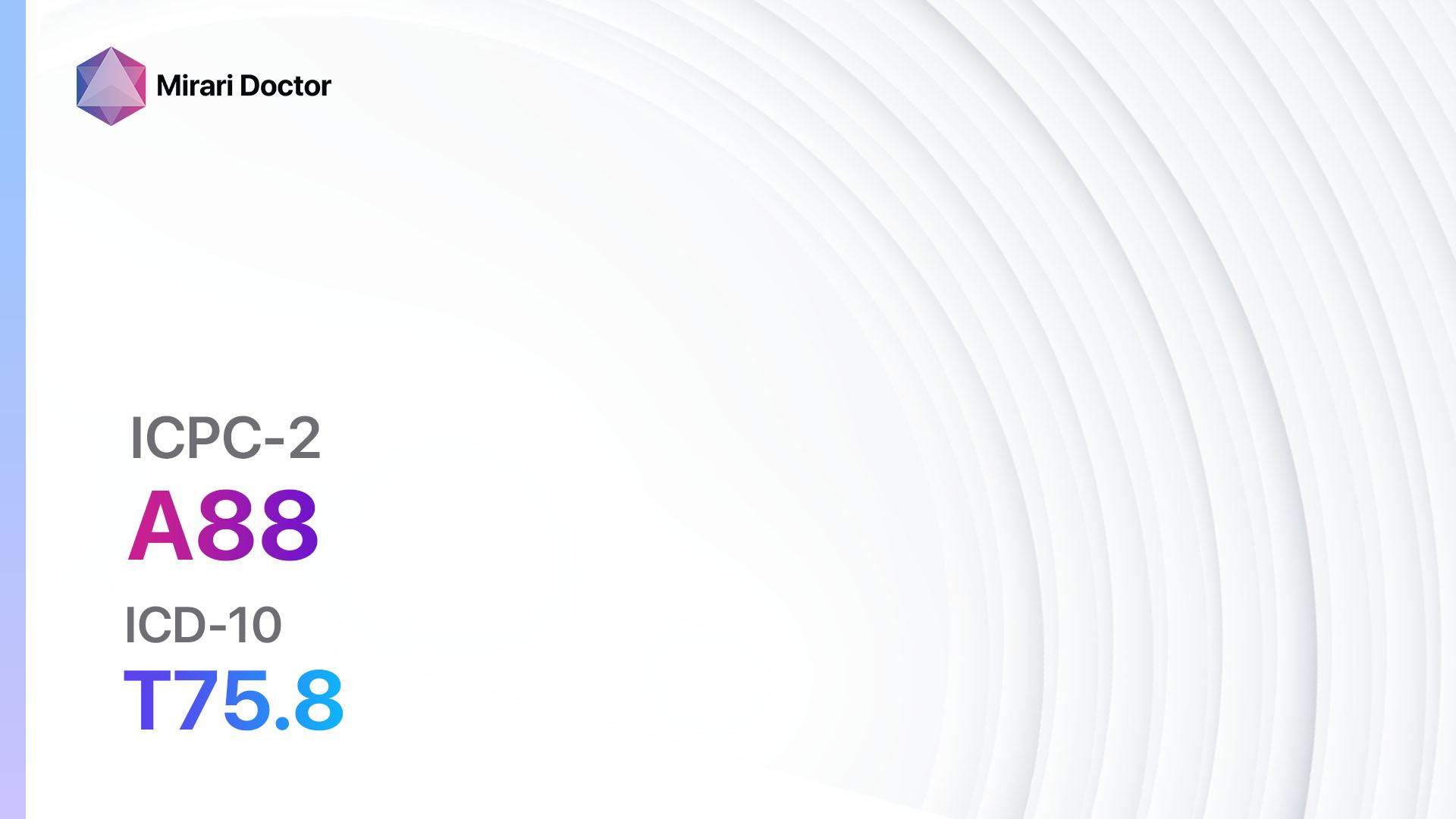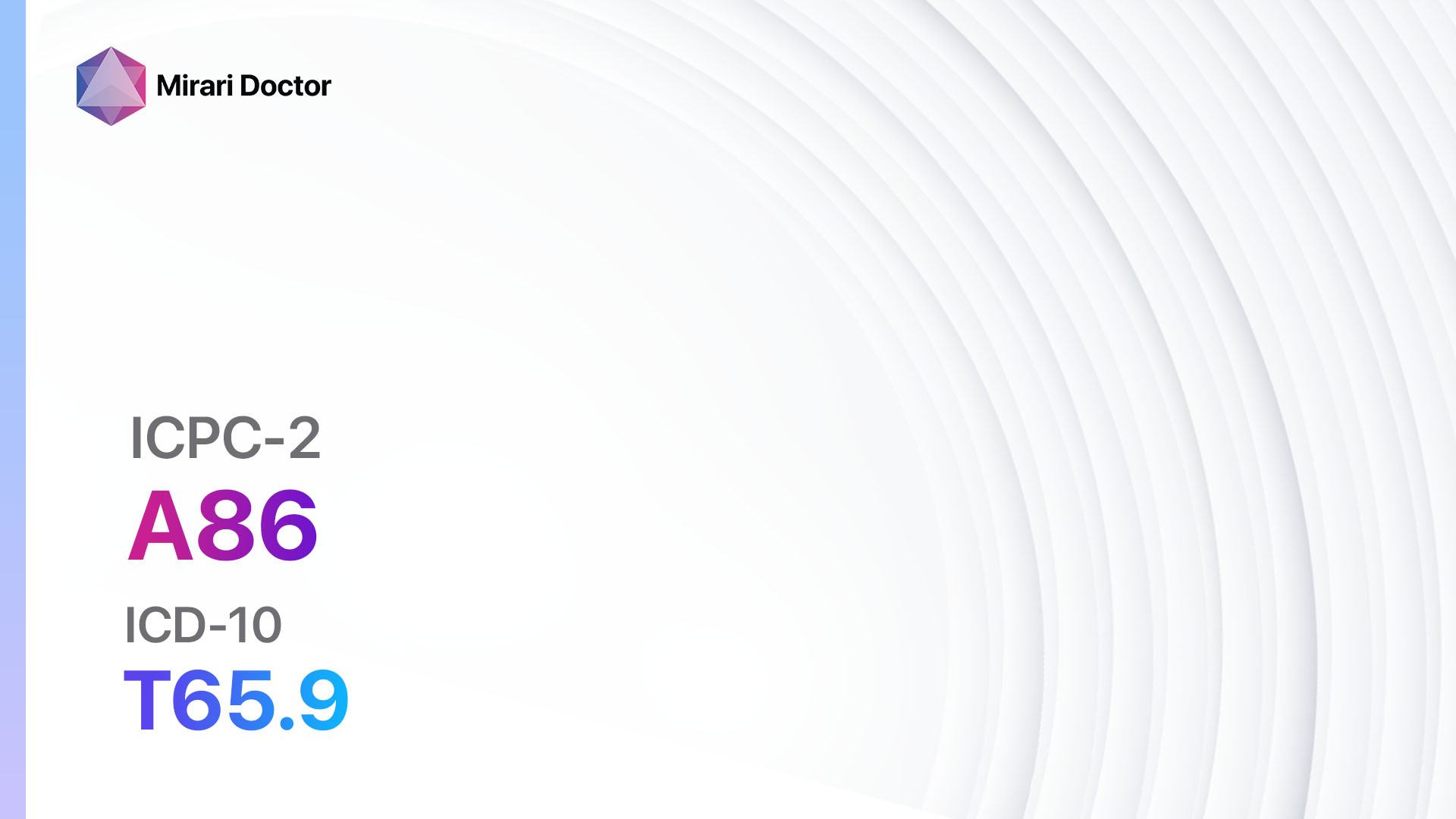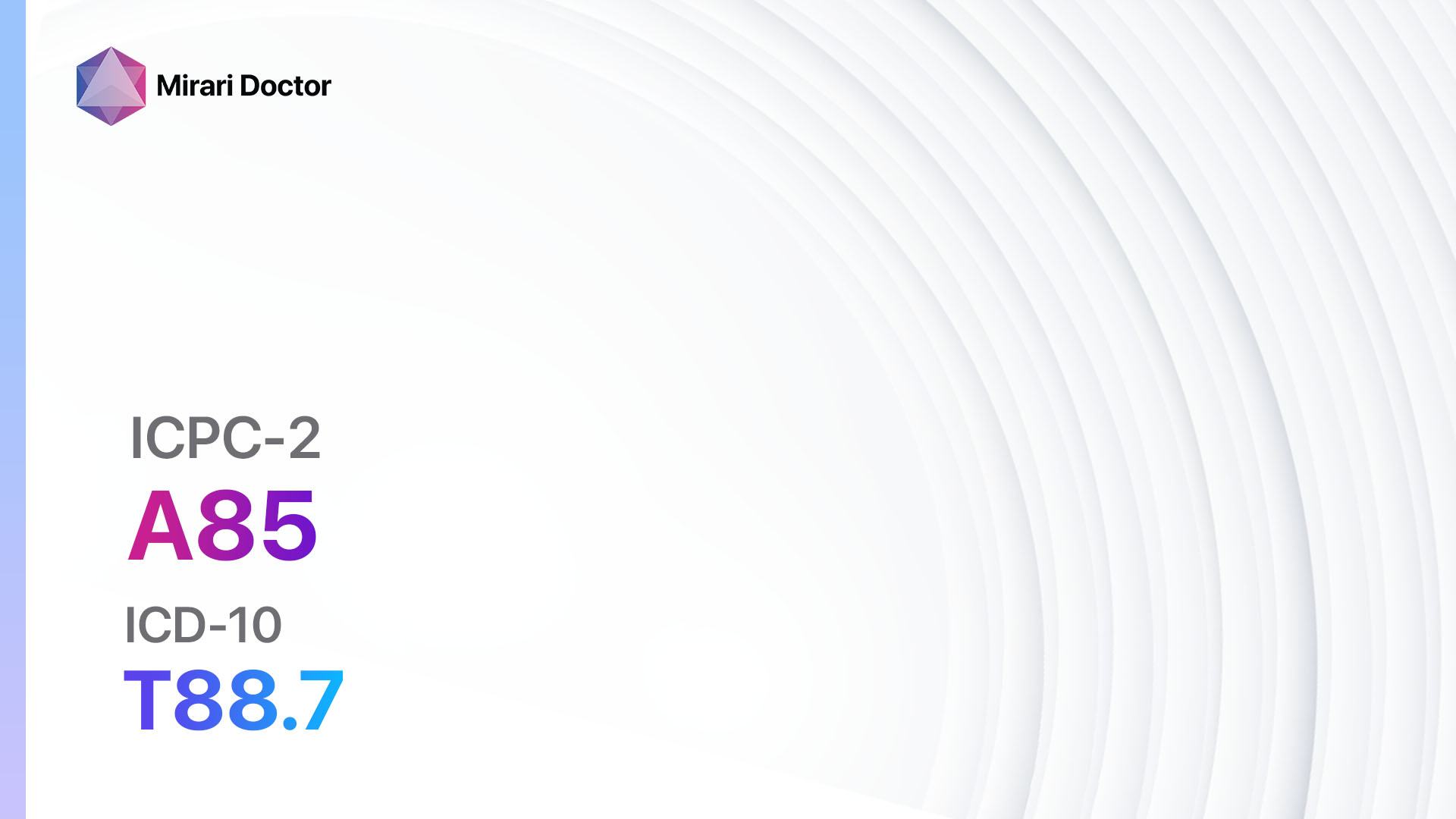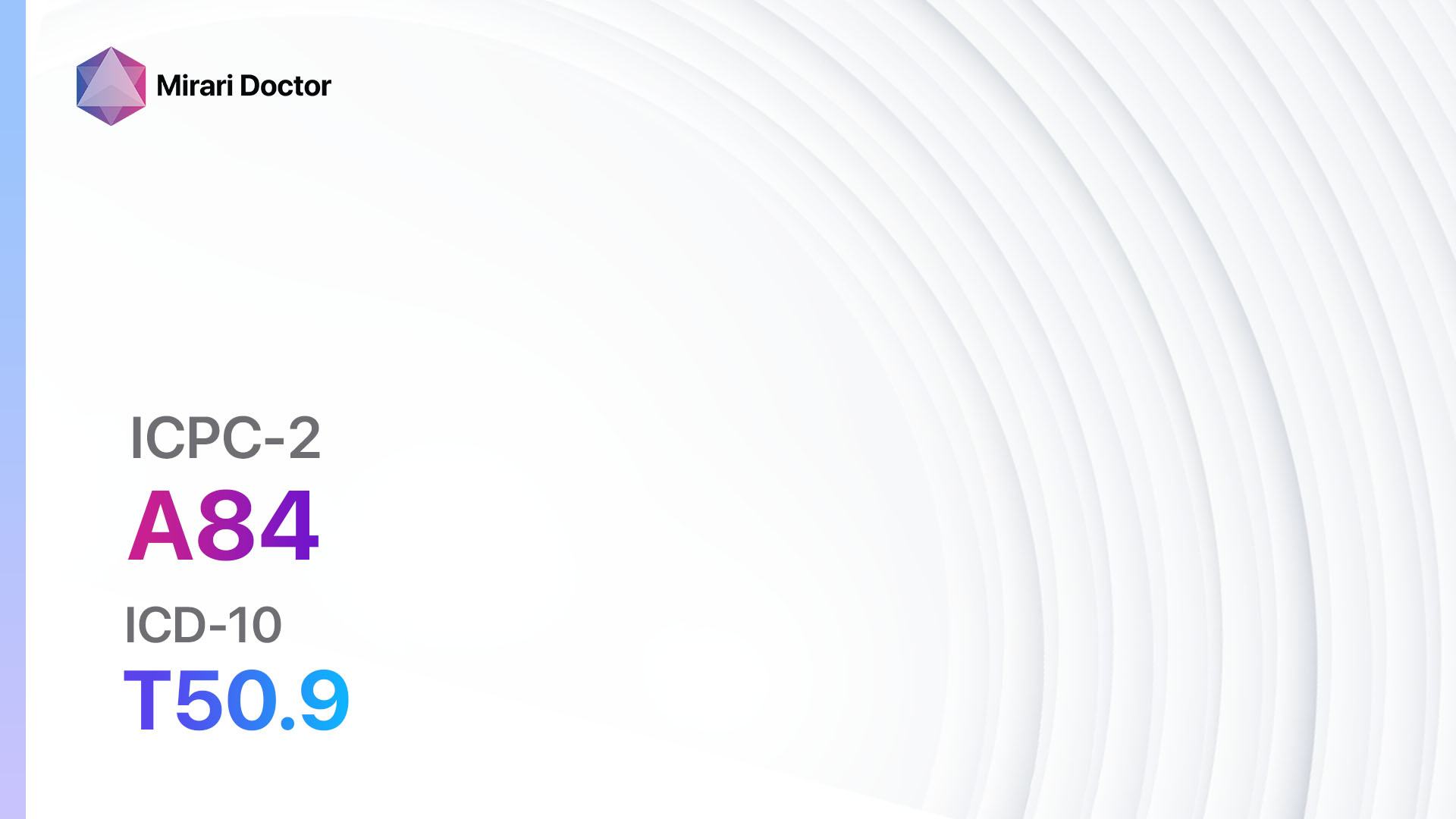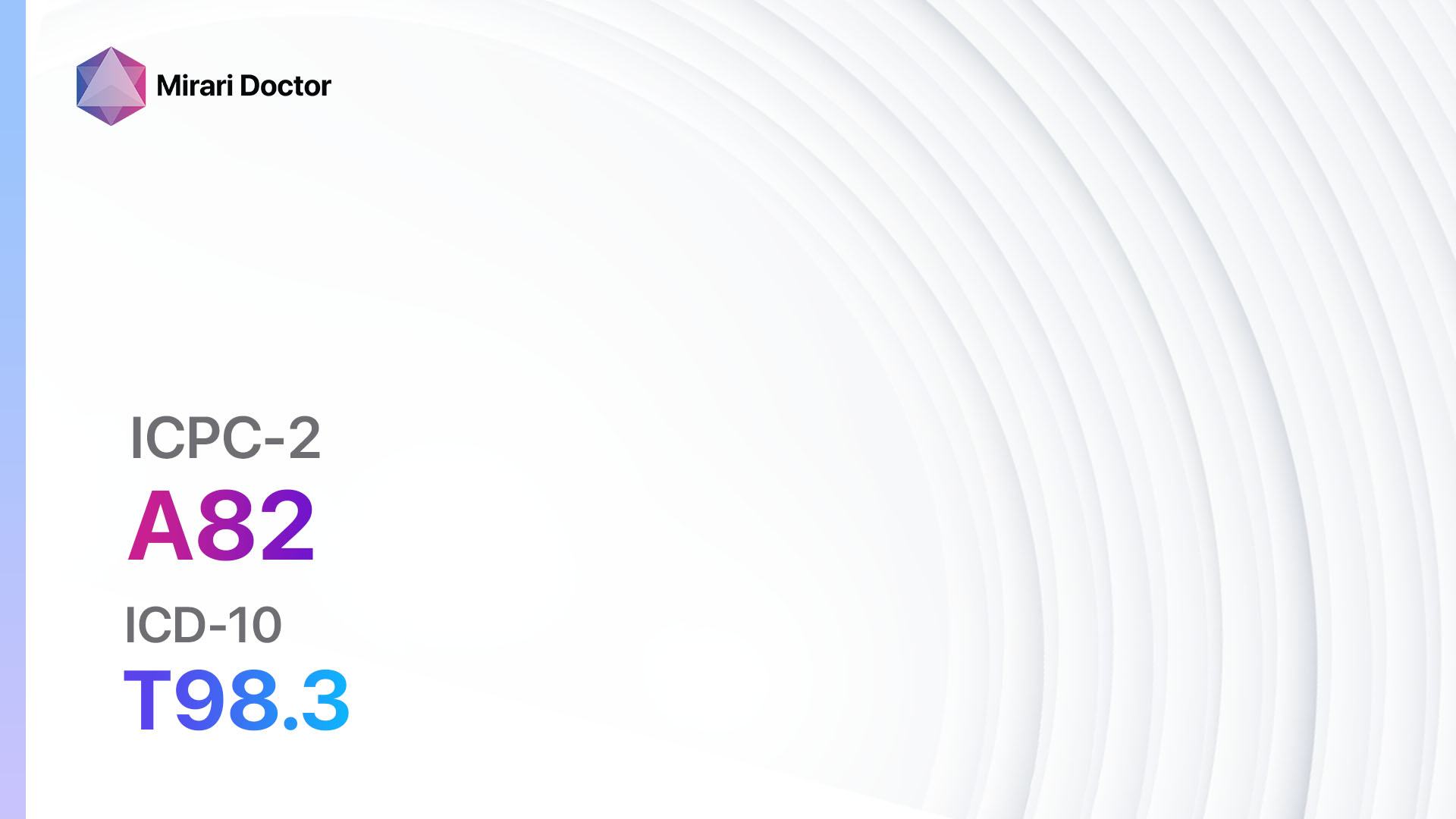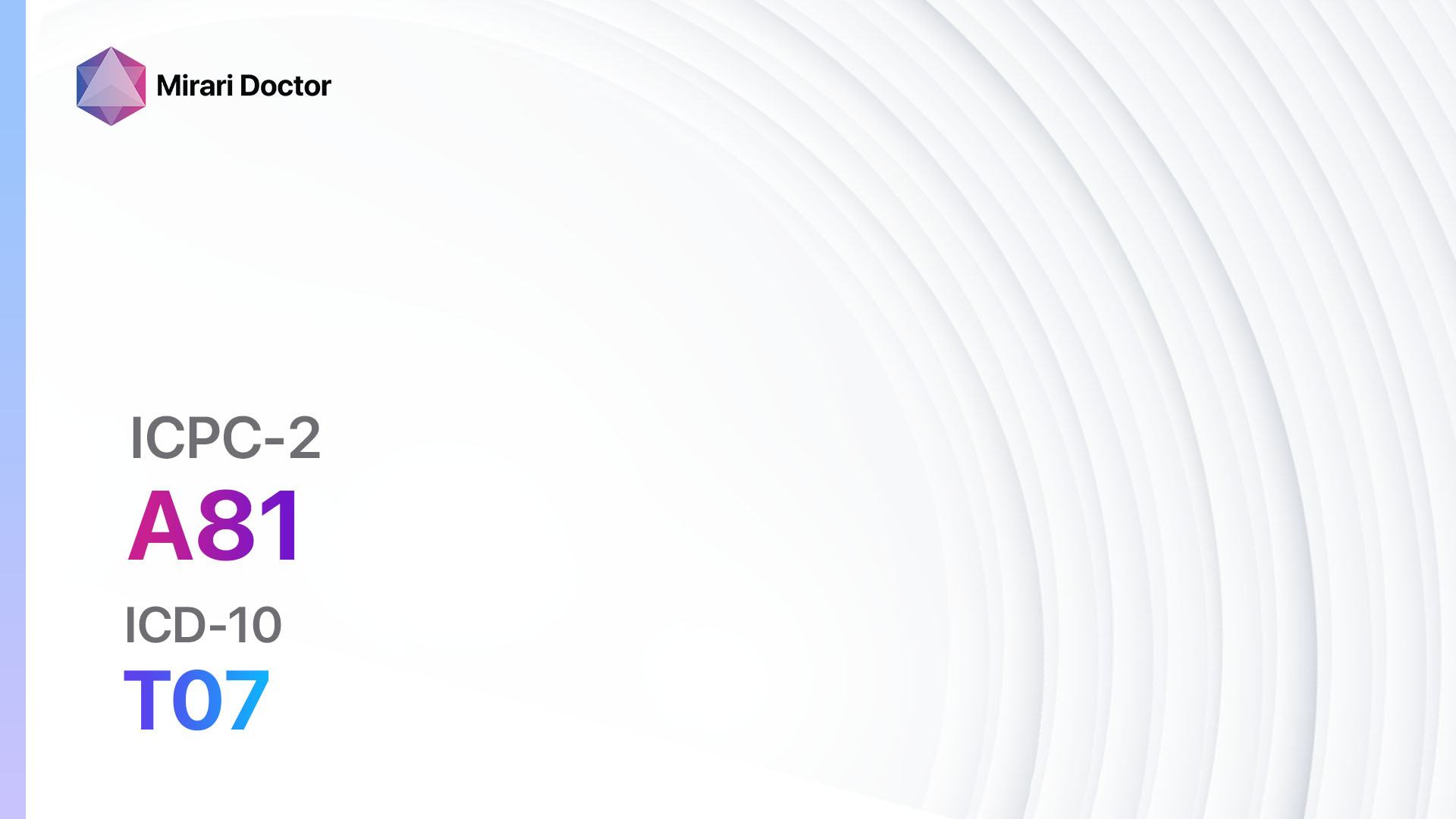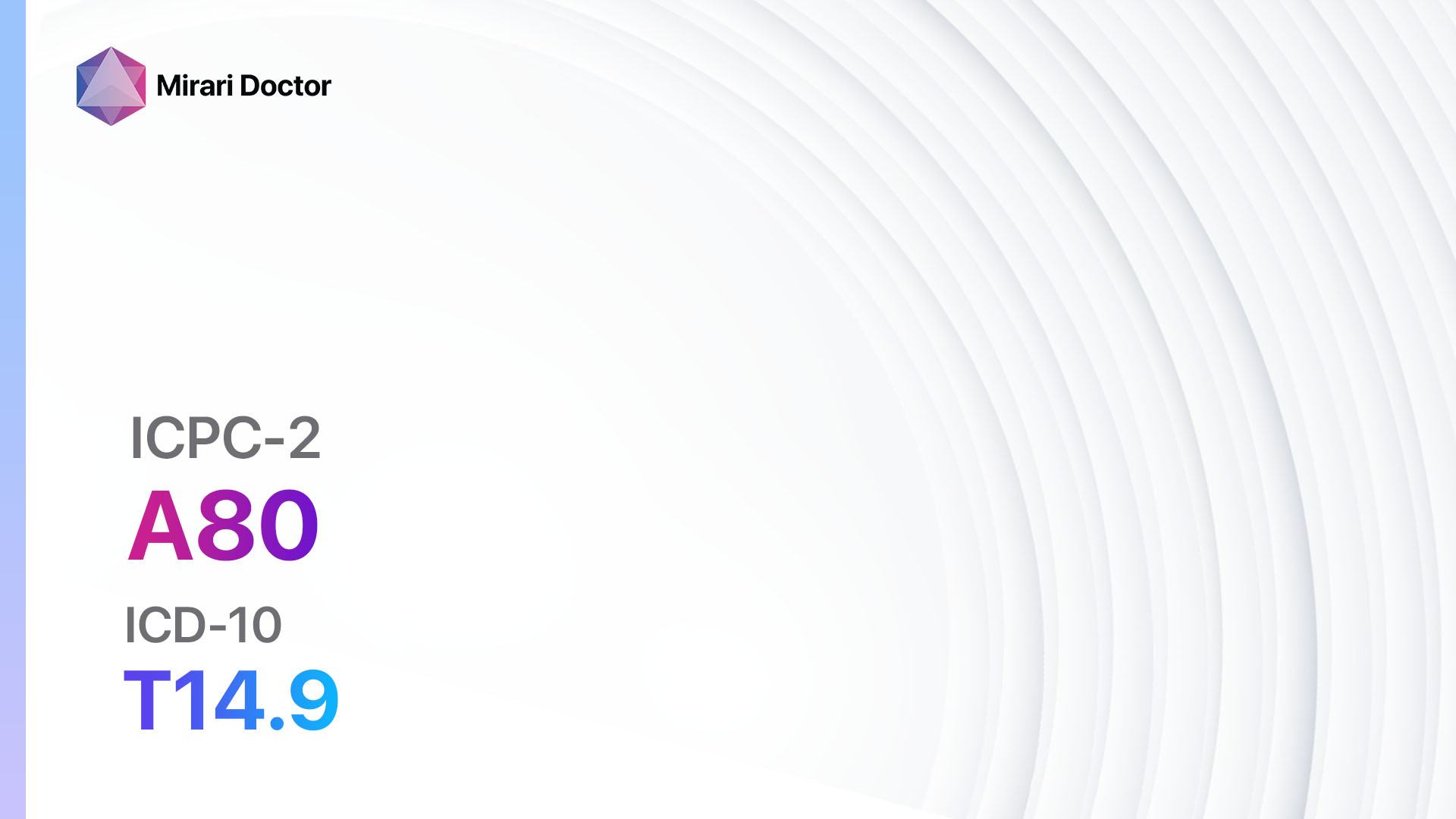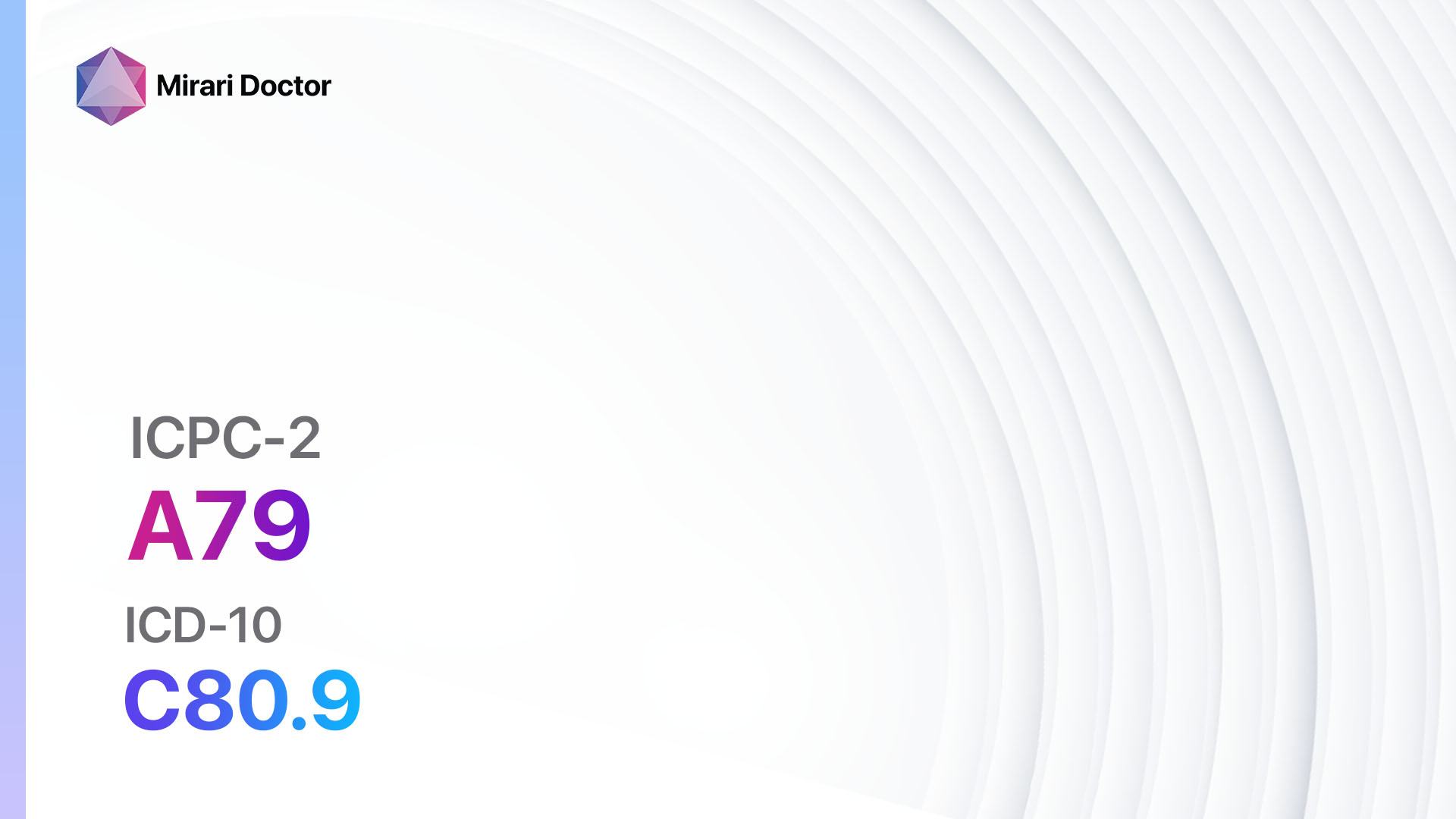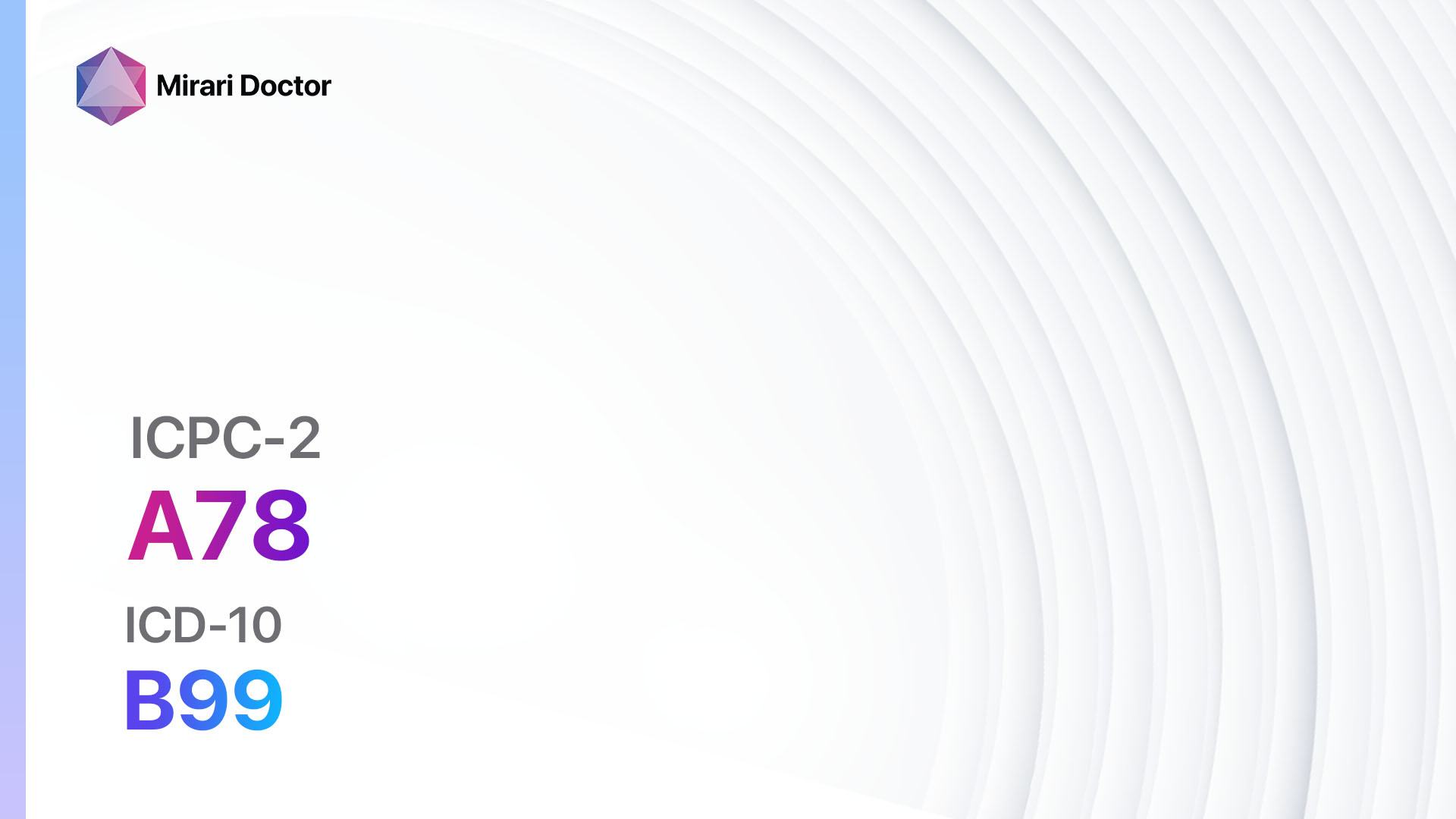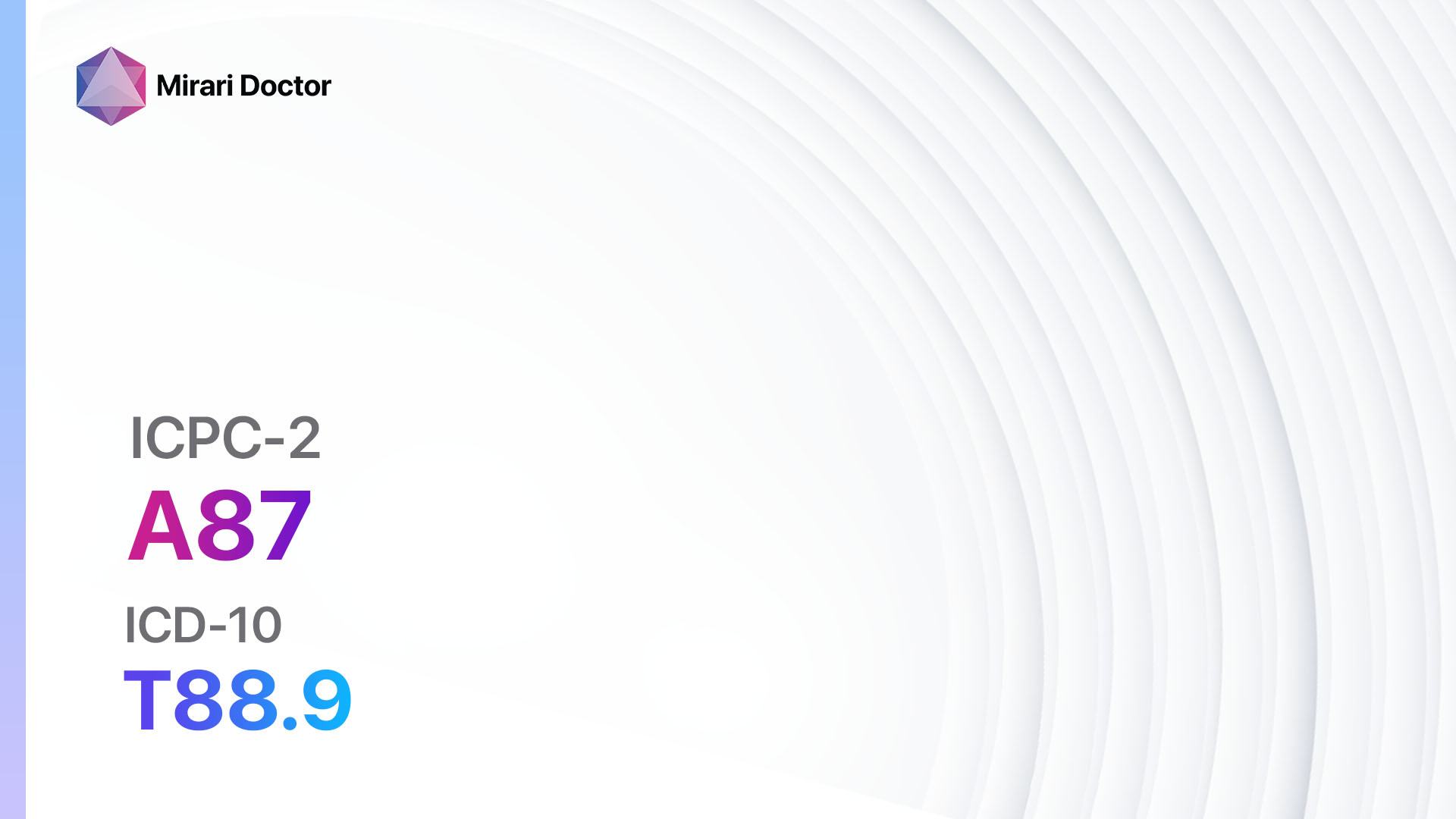
Introduction
Complications of medical treatment can occur as a result of various factors, including medication errors, surgical complications, adverse reactions to treatments, and infections acquired during medical procedures[1]. These complications can have significant impacts on patient outcomes and may require additional interventions for management[2]. The aim of this guide is to provide healthcare professionals with a comprehensive overview of the symptoms, causes, diagnostic steps, possible interventions, and patient education related to complications of medical treatment.
Codes
- ICPC-2 Code: A87 Complication of medical treatment[3]
- ICD-10 Code: T88.9 Complication of medical and surgical care, unspecified[4]
Symptoms
- Fever: Elevated body temperature may indicate an infection or inflammatory response[5].
- Pain: Patients may experience localized or generalized pain at the site of the medical treatment or in other areas of the body[5].
- Swelling: Swelling may occur at the site of the medical treatment or in nearby tissues[5].
- Redness: Redness may be present at the site of the medical treatment, indicating inflammation or infection[5].
- Drainage: The presence of pus, blood, or other fluids at the site of the medical treatment may indicate an infection or other complication[5].
- Difficulty breathing: Some complications, such as pulmonary embolism or pneumothorax, can cause difficulty breathing[5].
- Changes in vital signs: Patients may experience changes in heart rate, blood pressure, or respiratory rate[5].
Causes
- Medication errors: Incorrect dosages, administration routes, or medications can lead to complications[6].
- Surgical complications: Intraoperative complications, such as bleeding, organ perforation, or nerve damage, can occur during surgical procedures[6].
- Adverse drug reactions: Some patients may have allergic or hypersensitivity reactions to medications, leading to complications[6].
- Infections: Infections can be acquired during medical procedures, such as surgical site infections or catheter-associated infections[6].
- Equipment malfunctions: Malfunctioning medical equipment can lead to complications during treatment[6].
Diagnostic Steps
Medical History
- Gather information about the patient’s medical conditions, including any pre-existing conditions that may increase the risk of complications[7].
- Identify any known allergies or previous adverse reactions to medications or medical treatments[7].
- Assess the patient’s current symptoms and their onset in relation to the medical treatment[7].
Physical Examination
- Perform a thorough physical examination, focusing on the area of the body affected by the medical treatment[8].
- Assess vital signs, including heart rate, blood pressure, respiratory rate, and temperature[8].
- Look for signs of inflammation, such as redness, swelling, or warmth at the site of the medical treatment[8].
- Evaluate the patient’s overall condition, including any signs of distress or difficulty breathing[8].
Laboratory Tests
- Complete blood count (CBC): Assess for signs of infection, such as elevated white blood cell count[9].
- Blood cultures: Identify the presence of bacteria or fungi in the bloodstream[9].
- C-reactive protein (CRP): Measure levels of inflammation in the body[9].
- Procalcitonin: Assess for systemic infection or sepsis[9].
- Urinalysis: Rule out urinary tract infections or other urinary abnormalities[9].
Diagnostic Imaging
- X-rays: Evaluate for fractures, dislocations, or other structural abnormalities[10].
- Ultrasound: Assess for fluid collections, abscesses, or other soft tissue abnormalities[10].
- CT scans: Provide detailed imaging of internal structures, such as organs or blood vessels[10].
- MRI: Visualize soft tissues, including muscles, tendons, and ligaments[10].
- Nuclear medicine scans: Identify areas of infection or inflammation[10].
Other Tests
- Wound cultures: Collect samples from wounds or surgical sites to identify the presence of specific bacteria or fungi.
- Biopsy: Obtain tissue samples for further analysis and identification of abnormal cells or infections.
- Electrocardiogram (ECG): Evaluate cardiac function and identify any abnormalities.
- Pulmonary function tests: Assess lung function and identify any respiratory abnormalities.
- Allergy testing: Determine specific allergies that may be contributing to complications.
Follow-up and Patient Education
- Schedule follow-up appointments to monitor the patient’s progress and response to interventions.
- Provide education on the importance of adherence to prescribed medications and treatments.
- Discuss signs and symptoms that should prompt the patient to seek immediate medical attention.
- Address any concerns or questions the patient may have regarding their condition or treatment.
Possible Interventions
Traditional Interventions
Medications:
Top 5 drugs for complications of medical treatment:
- Antibiotics (e.g., Amoxicillin, Ciprofloxacin, Clindamycin):
- Cost: Generic versions can range from $3 to $50 per month.
- Contraindications: Allergy to the specific antibiotic, history of severe adverse reactions.
- Side effects: Nausea, diarrhea, rash.
- Severe side effects: Severe allergic reactions, Clostridium difficile infection.
- Drug interactions: Warfarin, oral contraceptives, certain antacids.
- Warning: Complete the full course of antibiotics as prescribed.
- Corticosteroids (e.g., Prednisone, Dexamethasone):
- Cost: Generic versions can range from $4 to $50 per month.
- Contraindications: Active infections, uncontrolled diabetes, systemic fungal infections.
- Side effects: Increased appetite, weight gain, mood changes.
- Severe side effects: Adrenal insufficiency, osteoporosis, increased risk of infections.
- Drug interactions: Nonsteroidal anti-inflammatory drugs (NSAIDs), certain anticoagulants.
- Warning: Taper off corticosteroids gradually to avoid adrenal crisis.
- Anticoagulants (e.g., Warfarin, Apixaban, Rivaroxaban):
- Cost: Generic versions can range from $10 to $100 per month.
- Contraindications: Active bleeding, history of heparin-induced thrombocytopenia.
- Side effects: Easy bruising, bleeding gums, nosebleeds.
- Severe side effects: Major bleeding, intracranial hemorrhage.
- Drug interactions: Aspirin, NSAIDs, certain antibiotics.
- Warning: Regular monitoring of blood clotting parameters is necessary.
- Analgesics (e.g., Acetaminophen, Ibuprofen, Oxycodone):
- Cost: Generic versions can range from $3 to $30 per month.
- Contraindications: Allergy to the specific analgesic, severe liver disease.
- Side effects: Nausea, stomach pain, drowsiness.
- Severe side effects: Liver damage, respiratory depression.
- Drug interactions: Alcohol, certain antidepressants, anticoagulants.
- Warning: Follow recommended dosages and avoid exceeding maximum daily limits.
- Antiemetics (e.g., Ondansetron, Metoclopramide):
- Cost: Generic versions can range from $10 to $50 per month.
- Contraindications: History of hypersensitivity to the specific antiemetic.
- Side effects: Headache, constipation, dizziness.
- Severe side effects: Torsades de pointes (rare), extrapyramidal symptoms (rare).
- Drug interactions: Serotonin reuptake inhibitors (SSRIs), certain antipsychotics.
- Warning: Use caution when operating machinery or driving due to potential drowsiness.
Alternative Drugs:
- Probiotics: May help restore the balance of gut bacteria and reduce the risk of antibiotic-associated diarrhea. Cost: $10-$50 per month.
- Antifungal medications: Used to treat fungal infections that may occur as a complication of medical treatment. Cost: Varies depending on the specific antifungal medication.
- Immunosuppressants: May be prescribed to manage complications related to autoimmune reactions or organ transplant rejection. Cost: Varies depending on the specific immunosuppressant.
Surgical Procedures:
- Surgical debridement: Removal of infected or necrotic tissue to promote healing. Cost: $5,000 to $20,000.
- Drainage of abscesses: Removal of pus or fluid from an infected area. Cost: $2,000 to $10,000.
- Revision surgery: Correction of complications related to previous surgical procedures. Cost: Varies depending on the specific procedure and complexity.
Alternative Interventions
- Acupuncture: May help reduce pain and promote healing. Cost: $60-$120 per session.
- Chelation therapy: Controversial treatment involving the administration of chelating agents to remove heavy metals from the body. Cost: $75-$150 per session.
- Hyperbaric oxygen therapy: Involves breathing pure oxygen in a pressurized chamber to increase oxygen delivery to tissues. Cost: $200-$300 per session.
- Herbal supplements: Some herbal supplements, such as turmeric or ginger, may have anti-inflammatory or antimicrobial properties. Cost: Varies depending on the specific supplement.
- Physical therapy: Can help improve mobility, strength, and function after a complication of medical treatment. Cost: $50-$150 per session.
Lifestyle Interventions
- Healthy diet: Emphasize a balanced diet rich in fruits, vegetables, whole grains, and lean proteins. Cost: Varies depending on food choices.
- Regular exercise: Engage in physical activity to improve overall health and promote healing. Cost: Varies depending on the chosen activity.
- Stress management: Practice stress-reducing techniques, such as meditation or yoga, to support healing and overall well-being. Cost: Varies depending on the chosen method.
- Adequate sleep: Ensure sufficient sleep to promote healing and support the immune system. Cost: Varies depending on individual sleep needs.
- Smoking cessation: Quit smoking to reduce the risk of complications and promote healing. Cost: Varies depending on chosen smoking cessation method.
It is important to note that the cost ranges provided are approximate and may vary depending on the location and availability of the interventions. Healthcare professionals should consider individual patient factors, preferences, and available resources when determining the most appropriate interventions for complications of medical treatment.
Mirari Cold Plasma Alternative Intervention
Understanding Mirari Cold Plasma
- Safe and Non-Invasive Treatment: Mirari Cold Plasma is a safe and non-invasive treatment option for various skin conditions. It does not require incisions, minimizing the risk of scarring, bleeding, or tissue damage.
- Efficient Extraction of Foreign Bodies: Mirari Cold Plasma facilitates the removal of foreign bodies from the skin by degrading and dissociating organic matter, allowing easier access and extraction.
- Pain Reduction and Comfort: Mirari Cold Plasma has a local analgesic effect, providing pain relief during the treatment, making it more comfortable for the patient.
- Reduced Risk of Infection: Mirari Cold Plasma has antimicrobial properties, effectively killing bacteria and reducing the risk of infection.
- Accelerated Healing and Minimal Scarring: Mirari Cold Plasma stimulates wound healing and tissue regeneration, reducing healing time and minimizing the formation of scars.
Mirari Cold Plasma Prescription
Video instructions for using Mirari Cold Plasma Device – A87 Complication of medical treatment (ICD-10:T88.9)
| Mild | Moderate | Severe |
| Mode setting: 7 (Immunotherapy) Location: 1 (Sacrum) Morning: 15 minutes, Evening: 15 minutes | Mode setting: 7 (Immunotherapy) Location: 1 (Sacrum) Morning: 30 minutes, Lunch: 30 minutes, Evening: 30 minutes | Mode setting: 7 (Immunotherapy) Location: 1 (Sacrum) Morning: 30 minutes, Lunch: 30 minutes, Evening: 30 minutes |
| Mode setting: 7 (Immunotherapy) Location: 4 (Heart, Bile & Pancreas) Morning: 15 minutes, Evening: 15 minutes | Mode setting: 7 (Immunotherapy) Location: 4 (Heart, Bile & Pancreas) Morning: 30 minutes, Lunch: 30 minutes, Evening: 30 minutes | Mode setting: 7 (Immunotherapy) Location: 4 (Heart, Bile & Pancreas) Morning: 30 minutes, Lunch: 30 minutes, Evening: 30 minutes |
| Mode setting: 7 (Immunotherapy) Location: 7 (Neuro system & ENT) Morning: 15 minutes, Evening: 15 minutes | Mode setting: 7 (Immunotherapy) Location: 7 (Neuro system & ENT) Morning: 30 minutes, Lunch: 30 minutes, Evening: 30 minutes | Mode setting: 7 (Immunotherapy) Location: 7 (Neuro system & ENT) Morning: 30 minutes, Lunch: 30 minutes, Evening: 30 minutes |
| Total Morning: 45 minutes approx. $7.50 USD, Evening: 45 minutes approx. $7.50 USD | Total Morning: 90 minutes approx. $15 USD, Lunch: 90 minutes approx. $15 USD, Evening: 90 minutes approx. $15 USD, | Total Morning: 90 minutes approx. $15 USD, Lunch: 90 minutes approx. $15 USD, Evening: 90 minutes approx. $15 USD, |
| Usual treatment for 7-60 days approx. $105 USD – $900 USD | Usual treatment for 6-8 weeks approx. $1,890USD – $2,520 USD | Usual treatment for 3-6 months approx. $4,050 USD – $8,100 USD |
 |
|
Use the Mirari Cold Plasma device to treat Complication of medical treatment effectively.
WARNING: MIRARI COLD PLASMA IS DESIGNED FOR THE HUMAN BODY WITHOUT ANY ARTIFICIAL OR THIRD PARTY PRODUCTS. USE OF OTHER PRODUCTS IN COMBINATION WITH MIRARI COLD PLASMA MAY CAUSE UNPREDICTABLE EFFECTS, HARM OR INJURY. PLEASE CONSULT A MEDICAL PROFESSIONAL BEFORE COMBINING ANY OTHER PRODUCTS WITH USE OF MIRARI.
Step 1: Cleanse the Skin
- Start by cleaning the affected area of the skin with a gentle cleanser or mild soap and water. Gently pat the area dry with a clean towel.
Step 2: Prepare the Mirari Cold Plasma device
- Ensure that the Mirari Cold Plasma device is fully charged or has fresh batteries as per the manufacturer’s instructions. Make sure the device is clean and in good working condition.
- Switch on the Mirari device using the power button or by following the specific instructions provided with the device.
- Some Mirari devices may have adjustable settings for intensity or treatment duration. Follow the manufacturer’s instructions to select the appropriate settings based on your needs and the recommended guidelines.
Step 3: Apply the Device
- Place the Mirari device in direct contact with the affected area of the skin. Gently glide or hold the device over the skin surface, ensuring even coverage of the area experiencing.
- Slowly move the Mirari device in a circular motion or follow a specific pattern as indicated in the user manual. This helps ensure thorough treatment coverage.
Step 4: Monitor and Assess:
- Keep track of your progress and evaluate the effectiveness of the Mirari device in managing your Complication of medical treatment. If you have any concerns or notice any adverse reactions, consult with your health care professional.
Note
This guide is for informational purposes only and should not replace the advice of a medical professional. Always consult with your healthcare provider or a qualified medical professional for personal advice, diagnosis, or treatment. Do not solely rely on the information presented here for decisions about your health. Use of this information is at your own risk. The authors of this guide, nor any associated entities or platforms, are not responsible for any potential adverse effects or outcomes based on the content.
Mirari Cold Plasma System Disclaimer
- Purpose: The Mirari Cold Plasma System is a Class 2 medical device designed for use by trained healthcare professionals. It is registered for use in Thailand and Vietnam. It is not intended for use outside of these locations.
- Informational Use: The content and information provided with the device are for educational and informational purposes only. They are not a substitute for professional medical advice or care.
- Variable Outcomes: While the device is approved for specific uses, individual outcomes can differ. We do not assert or guarantee specific medical outcomes.
- Consultation: Prior to utilizing the device or making decisions based on its content, it is essential to consult with a Certified Mirari Tele-Therapist and your medical healthcare provider regarding specific protocols.
- Liability: By using this device, users are acknowledging and accepting all potential risks. Neither the manufacturer nor the distributor will be held accountable for any adverse reactions, injuries, or damages stemming from its use.
- Geographical Availability: This device has received approval for designated purposes by the Thai and Vietnam FDA. As of now, outside of Thailand and Vietnam, the Mirari Cold Plasma System is not available for purchase or use.
References
- Pirmohamed, M., James, S., Meakin, S., Green, C., Scott, A. K., Walley, T. J., … & Breckenridge, A. M. (2004). Adverse drug reactions as cause of admission to hospital: prospective analysis of 18 820 patients. BMJ, 329(7456), 15-19.
- Kohn, L. T., Corrigan, J. M., & Donaldson, M. S. (Eds.). (2000). To err is human: building a safer health system (Vol. 6). National Academies Press.
- WONCA International Classification Committee. (1998). ICPC-2: International classification of primary care. Oxford University Press, USA.
- World Health Organization. (2015). International statistical classification of diseases and related health problems (10th ed.).
- Schatz, S. N., & Weber, R. J. (2015). Adverse drug reactions. ACCP Updates in Therapeutics, 1-13.
- Riedl, M. A., & Casillas, A. M. (2003). Adverse drug reactions: types and treatment options. American family physician, 68(9), 1781-1790.
- Bickley, L. S. (2017). Bates’ guide to physical examination and history taking (12th ed.). Wolters Kluwer.
- Jarvis, C. (2020). Physical examination and health assessment (8th ed.). Elsevier.
- Pagana, K. D., Pagana, T. J., & Pagana, T. N. (2019). Mosby’s diagnostic and laboratory test reference (14th ed.). Elsevier.
- Eisenberg, R. L. (2019). Clinical imaging: An atlas of differential diagnosis (6th ed.). Wolters Kluwer.
Related articles
Made in USA


